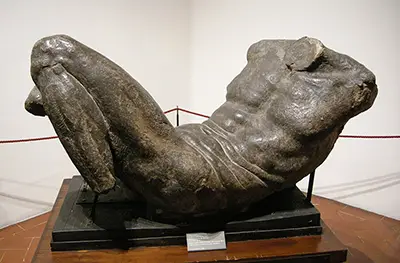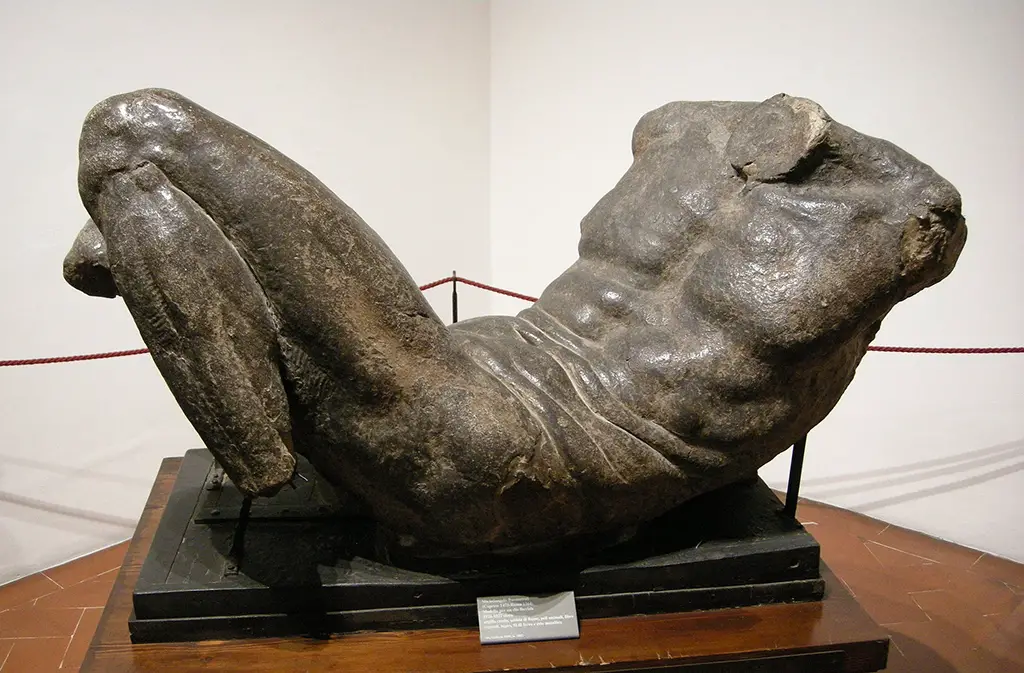The item has received varying dates, but most hover around the mark of 1524 to 1527. Its style and content is consistent with how sculptors would seek new projects, by having portable study pieces that could be presented as a means to explaining how future projects might work. The piece was known to have been in a fairly fragile condition until enough funds were raised by a local foundation which allowed the repair work to be completed. It now takes pride of place in the Casa Buonarroti, Florence as part of their impressive permanent display. Much was made of its appearance once the work was completed too, having been stored away in the basement for many decades prior to its recent unveiling. The venue itself hosts a selection of Renaissance artists, with a focus on sculpture, with a number of other lesser-known items from Michelangelo's career also to be found here.
The item was produced in unbaked clay and then mounted on a wooden plinth, making it easy to move around. Michelangelo put great efforts into planning his sculptures and these types of studies were not just about impressing patrons, but also about working out the design for the larger work to follow. He would do similar on paper, too, with series of sketches produced prior to commencing the final artworks. This ensured fewer amendments at a later stage, by which point any changes would have been far harder to implement. These small study sculptures could also be used by other members of his studio as a means to learning and understanding better quite what the lead sculptor wanted, when calling upon their assistance. River God was specifically for the New Sacristy in San Lorenzo, and all of the other study pieces for this project were lost in the years that have passed since. We do know that he worked alongside Raffaello da Montelupo and Niccolò Tribolo for this extensive project, and so they would also have been aware of River God during the planning stages.
Bartolomeo Ammanati would give this piece away to the Accademia delle Arti del Disegno on April 28 1583 before it eventually arrived in the collection of the Casa Buonarroti in the mid 20th century, where it remains today. Its status as a study sculpture ensures that it is not a prominent piece within his overall career but it still has considerable value in helping us to learn more about the sculptor's working practices. It has also been restored to a high level which ensures its future survival, when previously it had been stored in a basement for many decades, which may not have helped its preservation during that period. Its return to form might also encourage institutions to look deeper into its past and attempt to shed new light on the River God.



